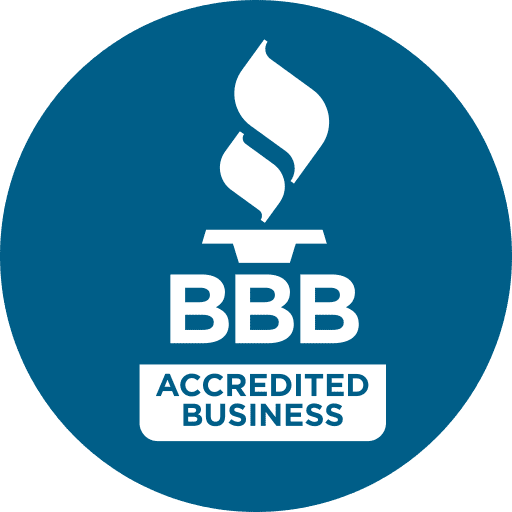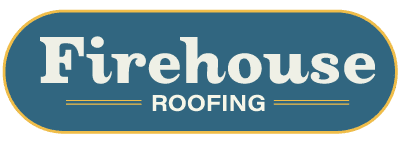Roof Danger Signs
Rodent Infestation
Rodent infestations can damage roofs by compromising structural integrity through gnawing on essential components such as support beams and rafters. Additionally, rodents create nests using roofing materials, leading to the degradation of insulation and other components. Their droppings and urine contribute to material deterioration, fostering mold growth and unpleasant odors. The accumulation of debris from their activities can clog gutters, causing water pooling on the roof, which may result in leaks and other water-related damage. Regular inspection and pest control measures are essential to prevent these issues and preserve the longevity of the roof.
Storm Damage
Storm damage poses a significant threat to roofs due to the intense forces exerted by elements like strong winds, hail, and heavy rain. High winds can lift and displace roofing materials, exposing the underlying structure and leaving it vulnerable to water infiltration. Hail can cause immediate damage by denting or cracking roof shingles, weakening their protective function. Heavy rainfall, especially in combination with wind, can lead to water pooling, which may seep through compromised areas, causing leaks and water damage. The cumulative effect of these storm elements can result in the deterioration of roofing materials, necessitating timely repairs to maintain the structural integrity of the roof and prevent further issues. Regular roof inspections, particularly after severe weather events, are crucial for identifying and addressing storm-related damage promptly.
Chimney Leaks
Chimney leaks can contribute to roof damage by compromising the integrity of roofing materials and the overall structure. When a chimney develops leaks, water can penetrate the surrounding roofing components, such as flashing and underlayment, leading to deterioration. Over time, this water infiltration can weaken the roof’s protective layers and create vulnerable spots, ultimately resulting in leaks and water damage. Additionally, the moisture from chimney leaks can contribute to the growth of mold and mildew, further accelerating the degradation of roofing materials. Prompt identification and repair of chimney leaks are essential to prevent long-term damage to the roof, ensuring its durability and protecting the underlying structure from potential harm. Regular maintenance and inspections are crucial for addressing chimney-related issues and preserving the health of the roof.
Everyday Problems
Identifying roofing danger signs is crucial for ensuring the safety and structural integrity of a building. Roofing serves as the first line of defense against the elements, and any signs of damage or wear can lead to serious consequences if left unaddressed. Common danger signs include visible leaks, sagging or uneven surfaces, missing or damaged shingles, and the presence of mold or mildew. Recognizing these signs early on allows homeowners and property managers to take prompt action, preventing further deterioration and potential hazards. Ignoring these warning signs may result in costly repairs or, worse, compromise the safety of the occupants. Regular inspections and immediate attention to roofing issues are essential in maintaining a secure and durable structure, safeguarding both the property and its inhabitants from potential dangers associated with roof damage.







